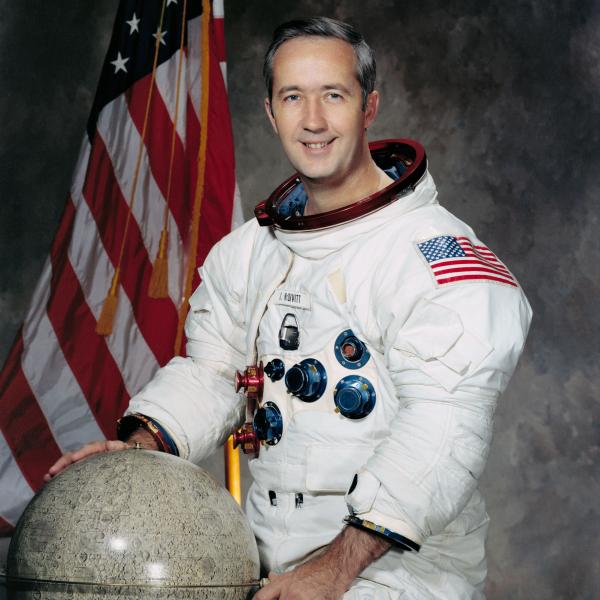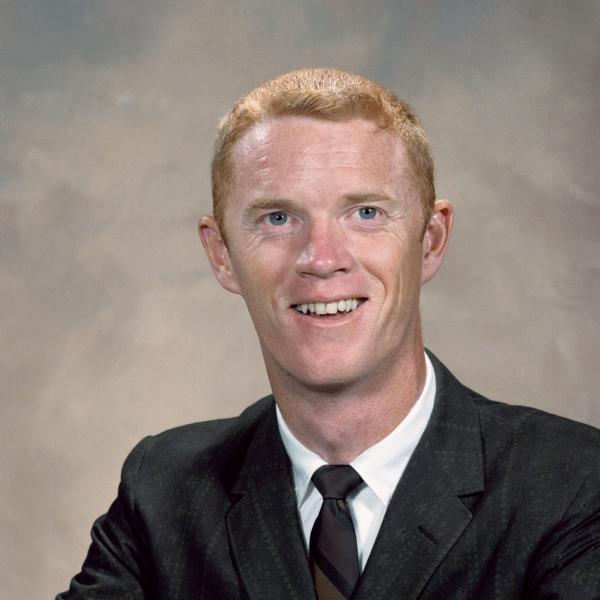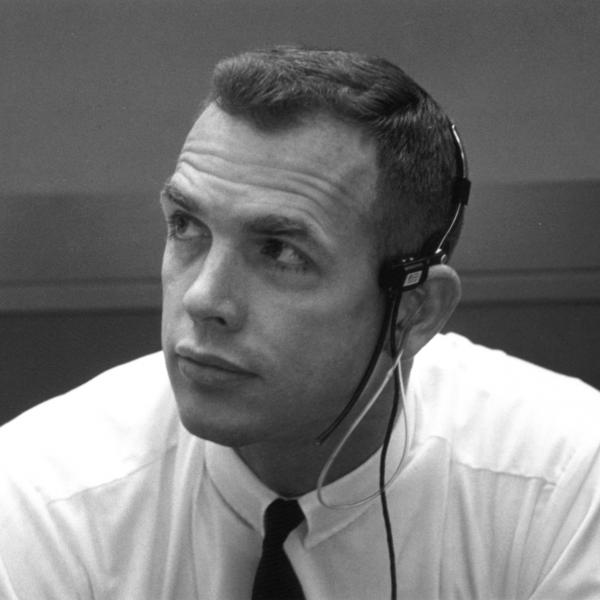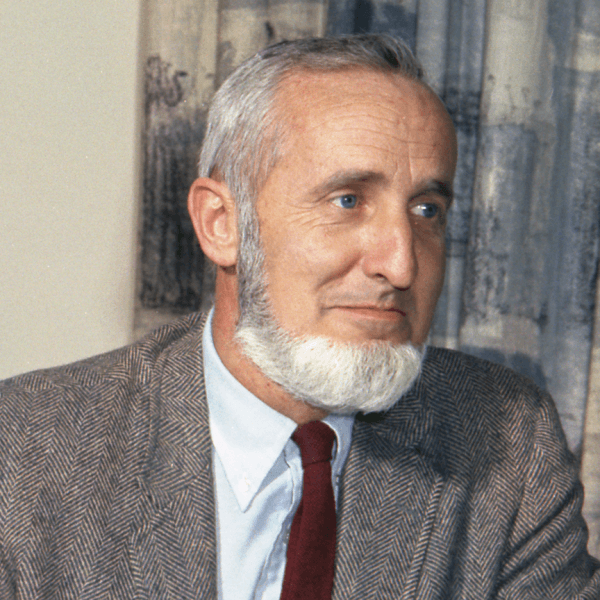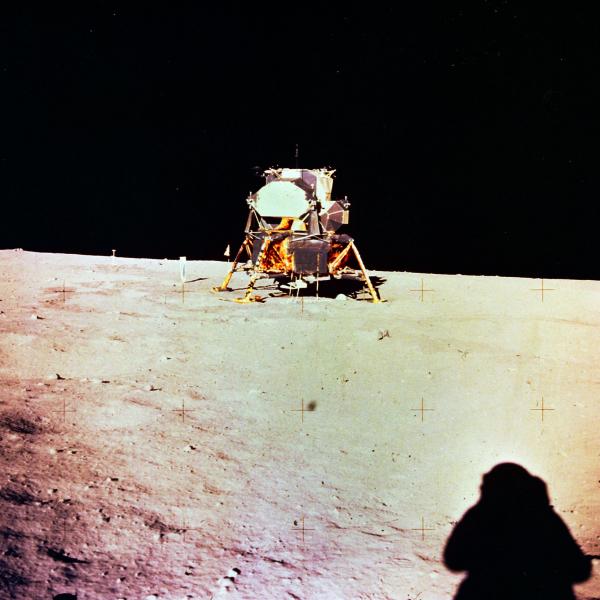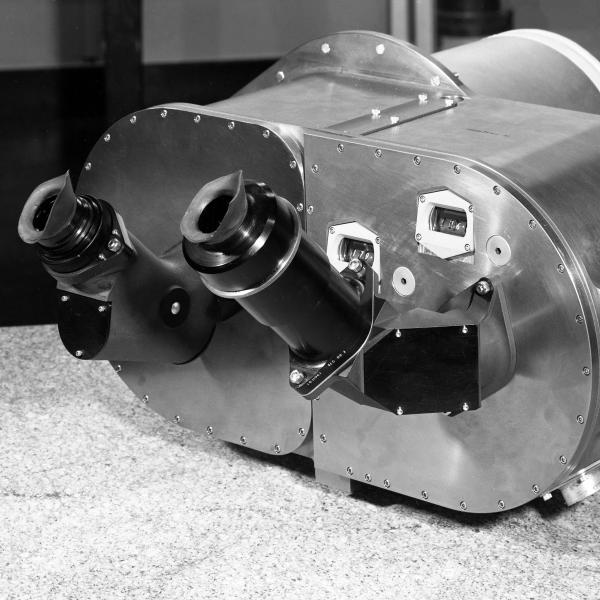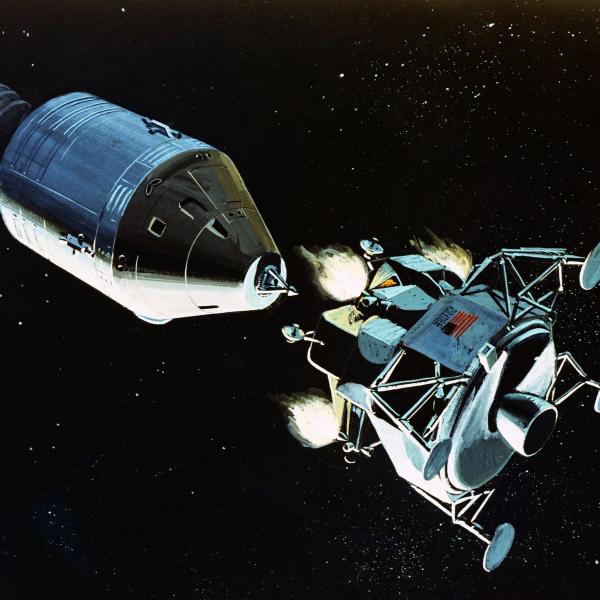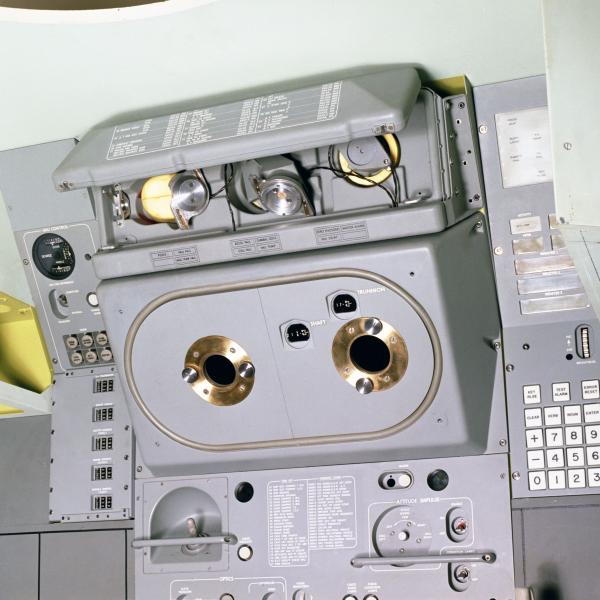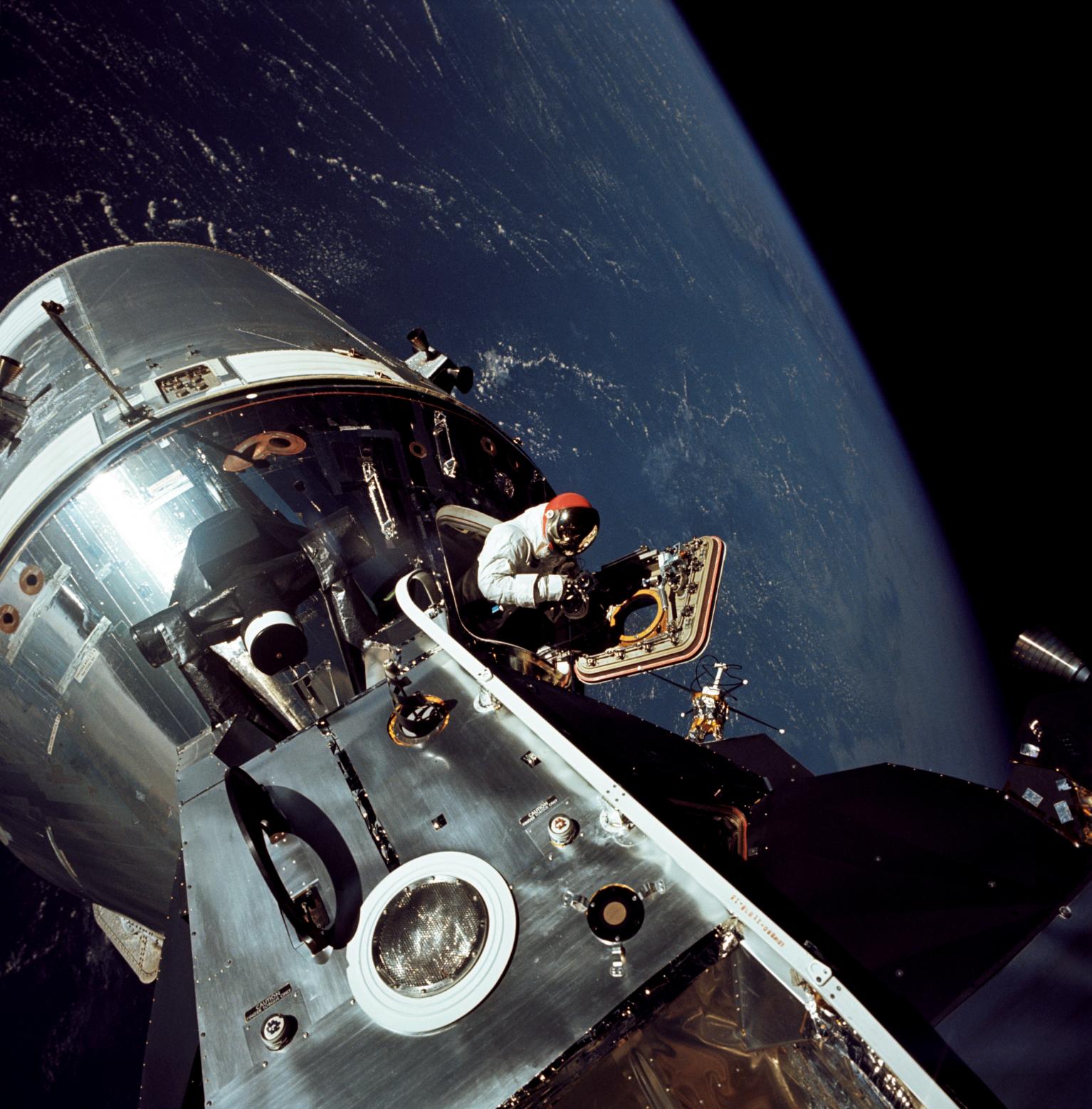
Apollo 9
What Happens to a Man who Steps out Alone in Space?
In March 1969, one man left his home on Earth and stepped out of a spacecraft over 150 miles out in space to look at where he had come from. Apollo 9 astronaut Russell Schweickart stepped out of the spacecraft with a Portable Life Support System (PLSS), and for a few brief moments he had an undisturbed view of our planet. The experience would alter the course of his life forever.
The Apollo 9 mission was the first to test a manned crew inside the Lunar Module (LM) which separated for the first time from the mother-ship rocket with the crew onboard. This ascent and rendezvous maneuver was the critical exercise to prove how the LM complete the moon landing and then rendezvous back to the Command Service Module (CSM). During the ten day operation while orbiting the Earth the team successfully tested the engine, navigation and life support systems of the LM. Proving that a crew could survive the transfer from the CSM to the LM, or as they called her, Spider, was an essential step towards a safe moon landing.
The Apollo 9 flight also allowed the Instrumentation Lab space engineers the chance to evaluate a key navigation element of the alignment optical telescope aboard the LM. It was a success. The astronauts were able to see the Pegasus II satellite, which was almost 1,000 miles away. This feature allowed the astronauts to mechanically monitor and double check their position in space.
In addition to the separation of the two spacecrafts, Apollo 9 also tested the separation of man from spacecraft. Schweickart's 46-minute spacewalk, called an extravehicular activity (EVA), used a Portable Life Support System (PLSS) backpack that did not depend on the systems within the rocket. As he waited for his team to set up the cameras to record his test he spent five minutes uninterrupted, letting go with one hand just staring back at Earth. He was shot into a deep contemplative state which he describes as life altering. Although Schweickart suffered severe space sickness and would no longer fly in space, his contributions to the Apollo 9 mission and space exploration were essential.
On March 13, 1969, the astronauts on board, Commander James McDivitt, Command Module Pilot David Scott and Lunar Module Pilot Russell Schweickart all safely splashed back down on Earth having contributed to the LM testing that would soon land the first man on the moon.
